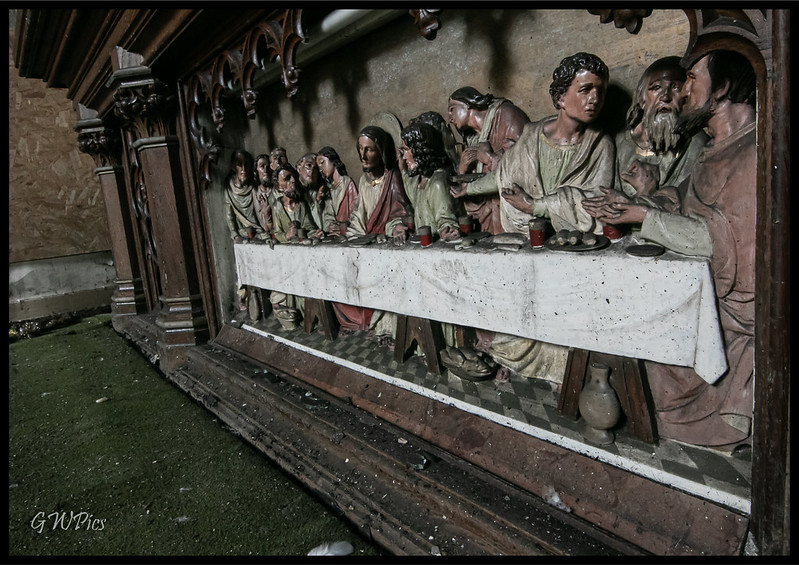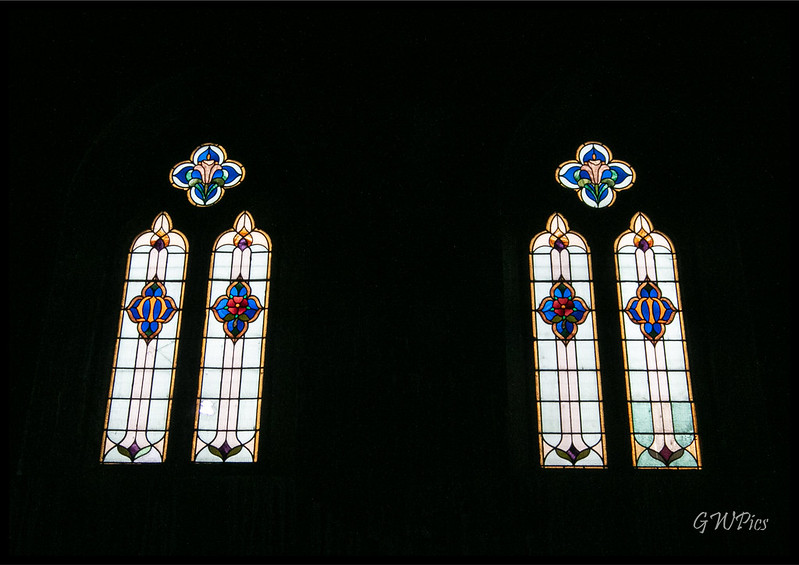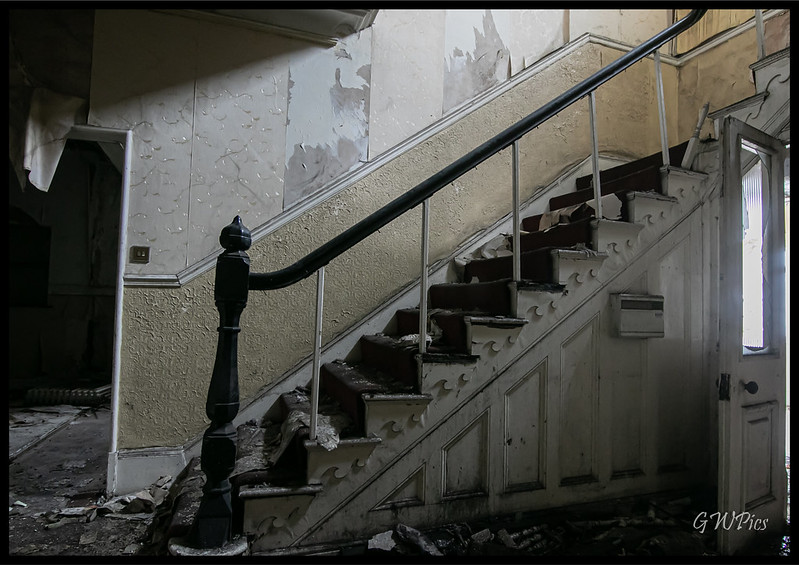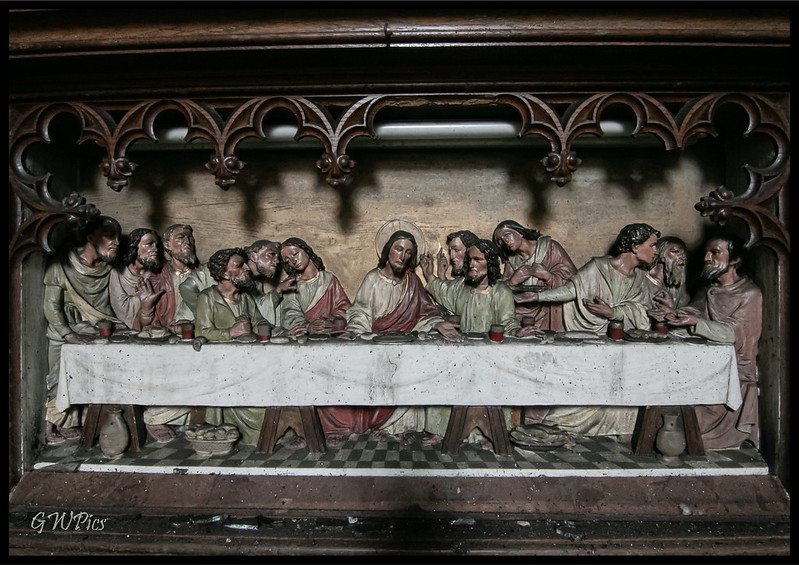- Joined
- Jun 7, 2014
- Messages
- 3,051
- Reaction score
- 4,961
St Marys Oldham

The earliest Catholic church in Oldham, built in 1839 and an early design by M. E. Hadfield. Some of this early church survives, greatly overlaid and extended later in the nineteenth century. Furnishings of note include a fine 1920s Gothic high altar and reredos by Ferdinand Stuflesser. The attached presbytery dates from 1839 but has been much altered.
External courtesy of google

Fr Adam George Fisher, nephew of the first Fr Fisher, raised funds for a new chapel on Shaw Street. M. E. Hadfield was appointed in 1837 to provide designs and supervised the building of a new chapel and house in the ‘old English’ style. This church was opened on 3 March 1839. The burial ground was in use from 1844 to 1857. The Lady Chapel and baptistery were added in the 1850s. In 1861 the church was damaged during anti-Catholic and anti-Irish rioting, the damage mainly being to the windows. In 1867 the church reopened after extensive renovations, with funds raised by Fr Grymonprez.

The new roof was described in The Tablet as ‘of an open and elegant design, and pitched thirty feet higher than the old one, the walls of the church also being raised four feet’. The bell tower was added in 1880-81, designed by Thomas Mitchell of Clegg Street, Oldham (who also produced the designs for Our Lady of Mount Carmel and St Patrick, Oldham, qv). Fr Andrew Ivory installed new Stations of the Cross and the pipe organ as war memorials in 1921. He also embellished the sanctuary with a new high altar and reredos by Ferdinand Stuflesser, marble steps and altar rails. Post-Vatican II re-ordering was carried out in the 1970s; the baptistery was removed and the northwest mortuary chapel adapted for a sacristy. The church was consecrated in 1989, on the 150th anniversary of its opening.

Over the years, the church suffered from high-level water ingress, dry and wet rot to its structural timbers, it closed in 2018 and became empty and derelict due to a lack of attendance.
It was deserved as having fallen into a "dilapidated and derelict state", and became a hotspot for vandalism.













Thanks For Looking!

The earliest Catholic church in Oldham, built in 1839 and an early design by M. E. Hadfield. Some of this early church survives, greatly overlaid and extended later in the nineteenth century. Furnishings of note include a fine 1920s Gothic high altar and reredos by Ferdinand Stuflesser. The attached presbytery dates from 1839 but has been much altered.
External courtesy of google

Fr Adam George Fisher, nephew of the first Fr Fisher, raised funds for a new chapel on Shaw Street. M. E. Hadfield was appointed in 1837 to provide designs and supervised the building of a new chapel and house in the ‘old English’ style. This church was opened on 3 March 1839. The burial ground was in use from 1844 to 1857. The Lady Chapel and baptistery were added in the 1850s. In 1861 the church was damaged during anti-Catholic and anti-Irish rioting, the damage mainly being to the windows. In 1867 the church reopened after extensive renovations, with funds raised by Fr Grymonprez.

The new roof was described in The Tablet as ‘of an open and elegant design, and pitched thirty feet higher than the old one, the walls of the church also being raised four feet’. The bell tower was added in 1880-81, designed by Thomas Mitchell of Clegg Street, Oldham (who also produced the designs for Our Lady of Mount Carmel and St Patrick, Oldham, qv). Fr Andrew Ivory installed new Stations of the Cross and the pipe organ as war memorials in 1921. He also embellished the sanctuary with a new high altar and reredos by Ferdinand Stuflesser, marble steps and altar rails. Post-Vatican II re-ordering was carried out in the 1970s; the baptistery was removed and the northwest mortuary chapel adapted for a sacristy. The church was consecrated in 1989, on the 150th anniversary of its opening.

Over the years, the church suffered from high-level water ingress, dry and wet rot to its structural timbers, it closed in 2018 and became empty and derelict due to a lack of attendance.
It was deserved as having fallen into a "dilapidated and derelict state", and became a hotspot for vandalism.













Thanks For Looking!



